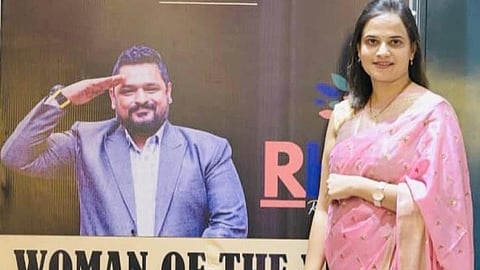

Our esteemed guest Dr. Akankha Salkar busted some myths about Hemophilia during a short interview with MedBound Times.
Dr. Akansha Salkar is a consultant hematologist and Hemato oncologist at Nagpur, Maharashtra, India. She practices at a private clinic,"HaemCare Center".
Dr. Akansha Salkar has a vast experience in Hematology.
MYTH: Only boys are affected by hemophilia or bleeding disorders.
FACT: While Hemophilia primarily affects boys, there are many girls and women who carry the Hemophilia genetic mutation and are affected. Furthermore, the number of men and women with other bleeding diseases, such as von Willebrand disease, is roughly similar.
MYTH: Hemophilia has only one type.
FACT: Hemophilia and bleeding disorders are not all the same. Hemophilia is classified into two types: Hemophilia A (factor 8 deficiency) and Hemophilia B (factor 9 deficiency). Each category has varying degrees of severity. Children with severe Hemophilia have essentially little clotting factor and typically develop bleeding and bruising signs at a young age. Internal bleeding into the muscles or joints is common.
MYTH: Hemophilia runs in the family.
FACT: In the middle to late 1800s, Queen Victoria of England, who is well known to have been a carrier for the disease, passed it on to a number of royal families around Europe. Hemophilia, on the other hand, has been recognised by the medical profession for a very long time—nearly 2,000 years. The great majority of hemophiliacs are unable to trace their roots back to a royal family.
MYTH: People with bleeding disorders shouldn't use scissors since they will bleed to death if they receive a cut.
FACT: If a person with a bleeding issue gets cut, they won't bleed to death. People with hemophilia or other clotting factor deficits may bleed longer than usual but not more fast.
